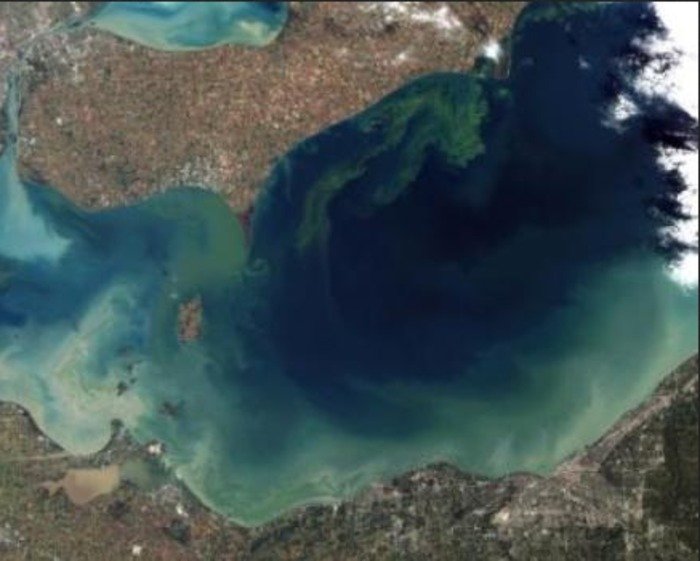WASHINGTON, April 1 (UPI) -- A record algal bloom in Lake Erie in 2011, triggered by agricultural practices and warm temperatures, could become a regular occurrence, U.S. scientists warn.
The lake has experienced algal blooms when excessive amounts of phosphorus and nitrogen are added to the water, --typically as runoff from fertilized agriculture, coupled with extreme precipitation followed by weak lake circulation and warm temperatures -- they said.















